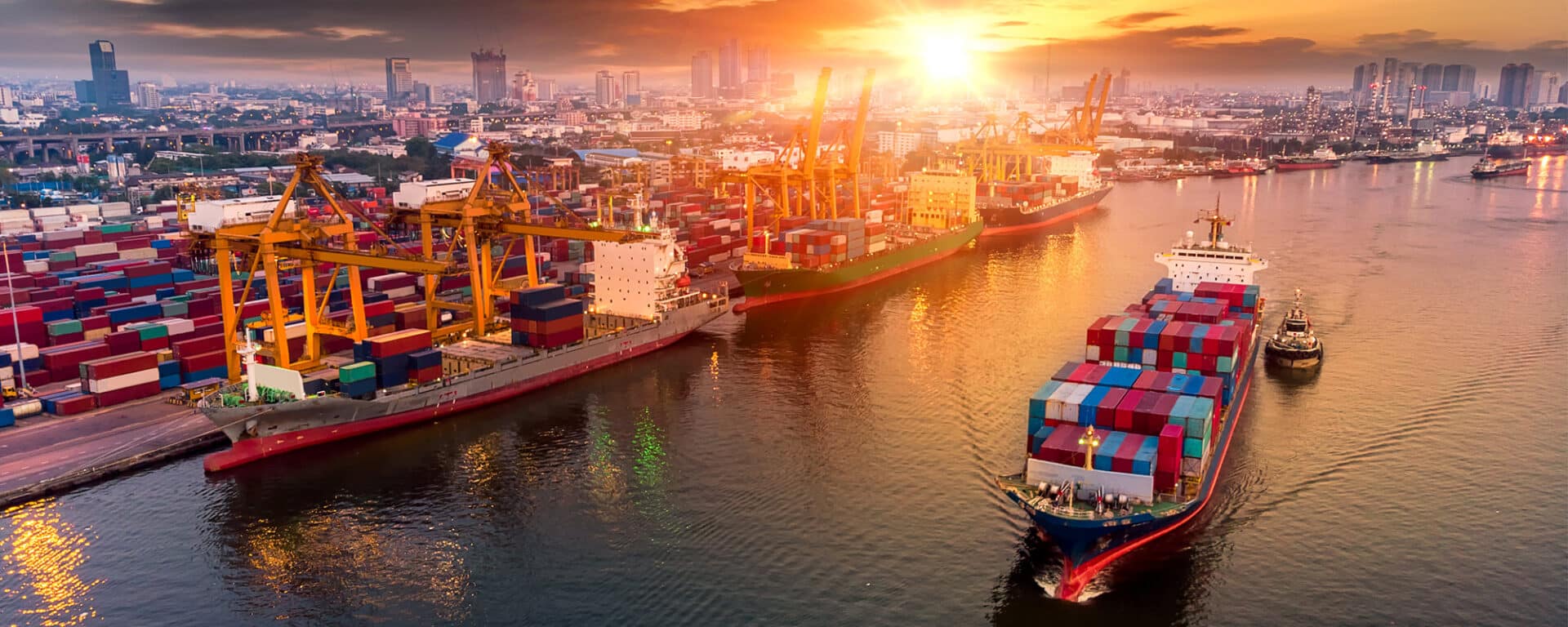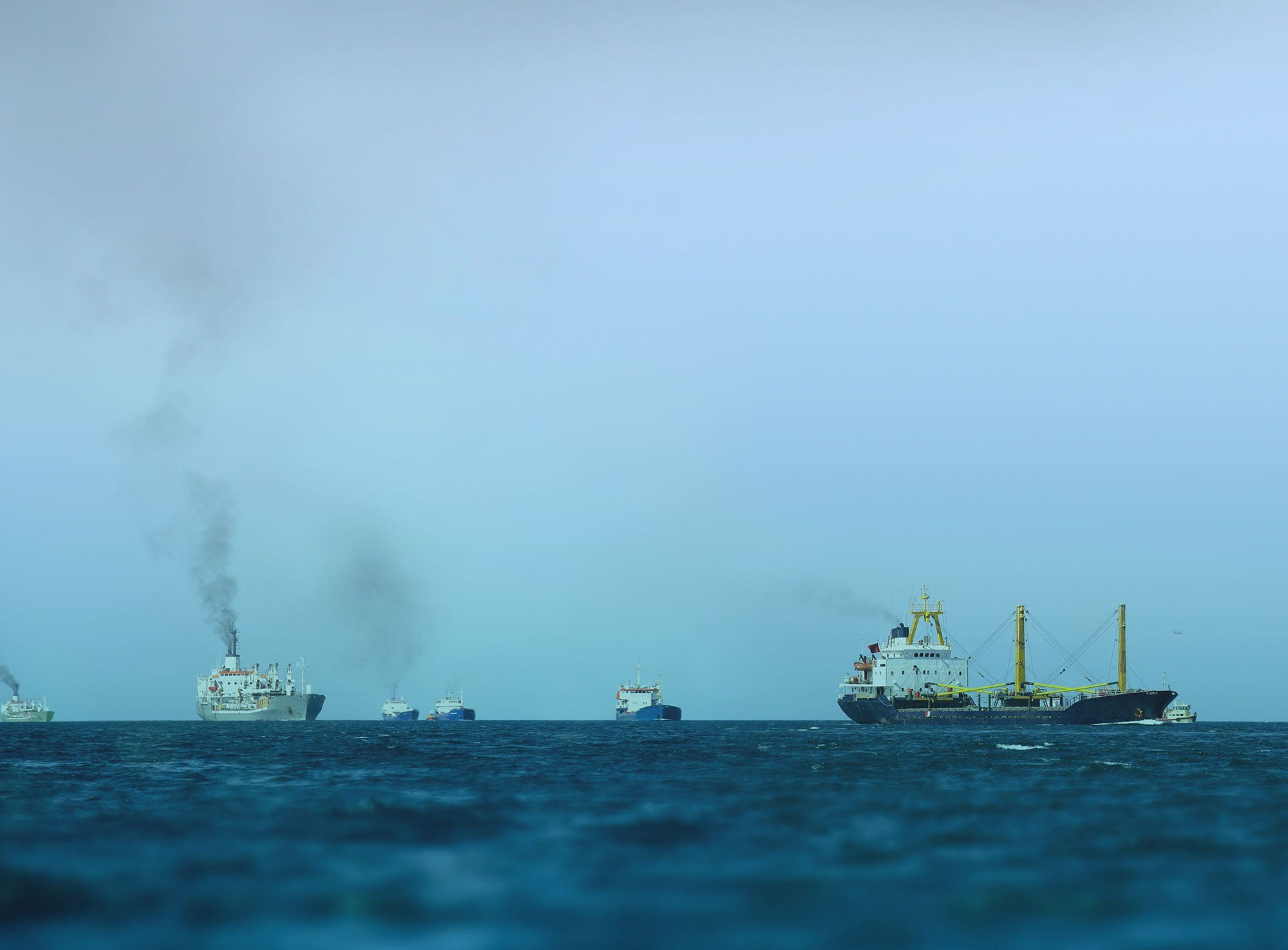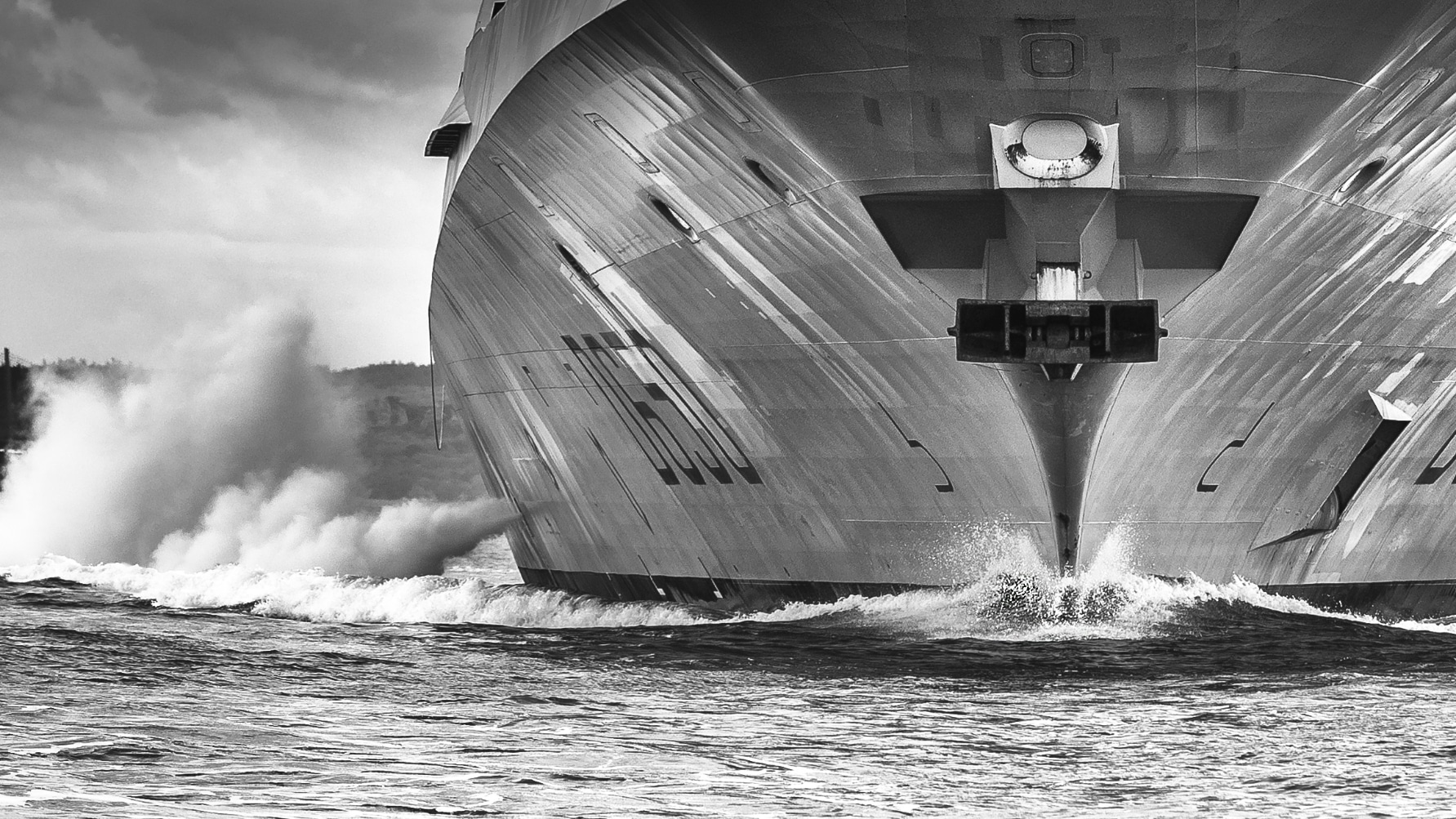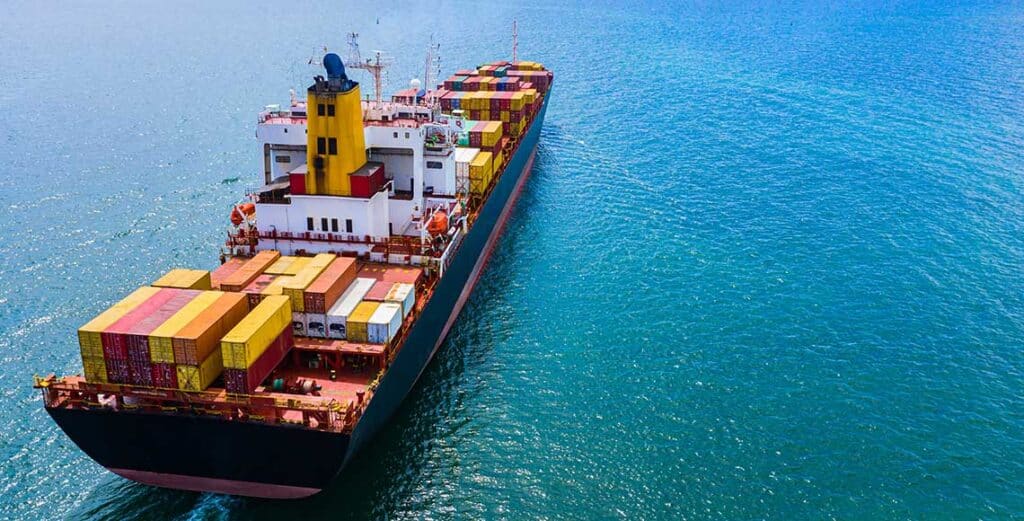At the crossroads of global exchanges, the maritime industry embodies a vital lifeline for international trade. It stands out for its ability to transport millions of tons of goods across the seas, linking continents through its invisible yet essential routes. The crucial role of this industry is not limited to its economic aspects; it is also at the heart of strategic discussions concerning the environment, technology, and innovation. So, what exactly makes the maritime industry so indispensable to our modern world? Let’s dive into the various aspects of this fascinating universe.
Table of Contents
ToggleMaritime Transport: The Backbone of the Global Economy
Maritime transport is often referred to as the backbone of the global economy. By 2025, it continues to account for the majority of global merchandise exchanges, with millions of containers crossing the oceans each day. This constant influx of products includes everything from raw materials to manufactured goods, illustrating how the seas have become essential routes for global trade.
So, how does this sector facilitate such a scale of exchange? First, thanks to its relatively low operational costs compared to other modes of transport, it is ideal for moving heavy cargo over long distances. For instance, the cost of transporting an OTIF (on-time-in-full) container from Shanghai to Rotterdam is significantly lower by sea than by land or air.
Next, the efficiency of maritime transport has been optimized through technological innovations. The digitization of logistics processes, improvements in port infrastructure, such as at the Port of Marseille, and the adoption of real-time tracking systems have reduced transshipment times and increased the predictability of supply chains.
The economic challenges post-2008 have pushed the industry to develop survival strategies, notably through alliances between companies. For example, the agreement between Maersk and MSC, two giants in the sector, has helped stabilize rates and streamline global routes while sharing resources and reducing operating costs.
- Significant cost reductions through strategic alliances.
- Increased digitization for smoother logistics.
- Eco-design of new ships, reducing carbon impact.
The following table highlights the share of merchandise exchanges conducted via maritime transport compared to other modes of transport in 2025:
| Mode of Transport | Percentage of Exchanges |
|---|---|
| Maritime | 80% |
| Aerial | 10% |
| Land | 5% |
| River | 5% |
Economic and Environmental Issues
The maritime industry, while being an economic pillar, faces the dual challenge of economy and environment. The persistence of a price war since 2008 has driven the sector to innovate constantly. The challenge also lies in reducing its ecological footprint since ships are responsible for nearly 3% of global greenhouse gas emissions. This requires an increased reliance on renewable energies and optimization of maritime routes.

Key Players in the Shipping Industry and Their Influence
The landscape of the shipping industry consists of various players each contributing to the strength and innovation of the maritime sector. Each player, whether a builder, equipment supplier, or shipowner, plays a crucial role in this smooth operation. These players are at the foundation of building, maintaining, and operating modern ships that navigate our seas.
Builders and Equipment Suppliers
Shipbuilders such as DCN and STX France (now Chantiers de l’Atlantique) are the pillars of the industry, designing and constructing the ships that traverse the oceans. These shipyards invest heavily in R&D to adopt innovations like those from Bretagne Marine, aiming to make new models more sustainable and efficient.
In parallel, maritime equipment suppliers, such as Rolls-Royce Marine and Wärtsilä, provide essential engines and propulsion systems. SNCF Réseau Maritime is dedicated to improving infrastructure, while Naval Group focuses its efforts on maritime safety, providing advanced solutions for military vessels.
- Constant innovation to increase energy efficiency.
- Development of less polluting propulsion technologies.
- Creation of greener and safer ships.
These efforts are partly driven by the need to comply with increasingly stringent environmental regulations that tighten every year. For details on recent regulations, see this article.
| Players | Contribution |
|---|---|
| Shipbuilders | Design and construction of ships |
| Equipment suppliers | Engines and propulsion systems |
| Shipowners | Operation and maintenance of fleets |
The importance of these players also lies in their ability to integrate innovative technologies that will enhance energy efficiency and reduce the carbon footprint of ships. These technological innovations are crucial for the sustainability of maritime operations. You can learn more about industrial players here sneci.com.

Efforts Towards a Sustainable Maritime Industry
The growing need for a sustainable approach in the maritime industry has driven players to innovate towards emissions reduction and adopt more eco-friendly practices. This transformation is necessary, as without significant changes, the cumulative impacts of this industry on the environment would threaten sensitive ecosystems. Concrete measures are being put forward to support a responsible maritime industry.
Advancements towards a green transition include a massive adoption of alternative fuels. Some players are betting on hydrogen and biofuels, a transition made even more urgent by strict emission regulations in place. For example, the French leader CMA CGM recently launched several biologically powered ships fueled by liquefied natural gas, thus reducing carbon dioxide emissions.
Here are some of the ecological innovations transforming the sector:
- Increased use of biofuels and liquefied natural gas.
- Renovation initiatives for ships to incorporate more efficient engines.
- Strengthening regulations to limit accidental spills and noise pollution.
However, these transformations are not only about technology. Ports are also transforming to become greener hubs. The Port of Marseille, for example, has invested in shore connection facilities to reduce emissions from docked ships. More details on these initiatives are available in the interview with Philippe Berterottiere.
| Ecological Initiative | Anticipated Impact |
|---|---|
| Biofuels and LNG | 20% reduction in CO2 emissions |
| Electrification of quays | Reduction of noise pollution and emissions |
| Water cleaning technologies | Improvement of marine water quality |

Technological Innovations as a Vehicle for Transformation
By combining digital technology and sustainability, the maritime industry can not only achieve its ecological goals but also gain efficiency. Efforts to integrate digital systems, like the Veson Nautical project in Dubai, offer solutions to optimize maritime routes and minimize fuel consumption. By exploring these innovative options, the industry could redefine its sustainable future.
For more information on future predictions for the sector, see this article on maritime industry predictions for 2024.
The Role of Ports and Regulations in Maritime Expansion
Ports and regulations are the foundations upon which the expansion of the maritime industry rests. By 2025, these strategic aspects shape how maritime trade is conducted, influencing not only the efficiency of maritime transit but also its sustainability. They are the crucial hubs where strategies are deployed to meet the growing needs of global trade.
Optimizing the Role of Ports
Ports play a vital role by providing the necessary infrastructure for loading, unloading, and transiting goods. With increasingly modern facilities, hubs like Singapore and Rotterdam have taken the lead by positioning themselves as “green” ports, integrating technologies that reduce environmental impacts. To explore further how sustainability and the maritime industry converge, see this article.
At the same time, a close connection between ports and transport networks, like the one managed by SNCF Réseau Maritime, is essential to ensure a smooth distribution of goods into the continents. Improving land links helps reduce bottlenecks and ensures a constant flow of merchandise.
| Port | Ecological Innovation | Impact |
|---|---|---|
| Rotterdam | Massive electrification | Reduction of port emissions |
| Singapore | Smart port technology | Logistical optimization |
| Marseille | Zero-emission quay technology | Decreased noise and pollution |
Regulations: A Pillar for Safety and Sustainability
The regulations put in place by organizations such as the IMO (International Maritime Organization) form the framework upon which maritime operations must rest. These regulations, aimed at improving safety, efficiency, and sustainability, are essential for the proper functioning of the maritime logistics chain on a global scale.
The authorities aim not only to prevent environmental disasters but also to stimulate innovation. By 2025, initiatives against plastic pollution and for maritime safety are already showing tangible results. To learn more, delve into the document published by the IMO available here.
In conclusion, as always, the future success of the maritime industry will depend on the ability of its players to embrace the necessary ecological and technical changes to adapt to the new challenges and opportunities that arise.









